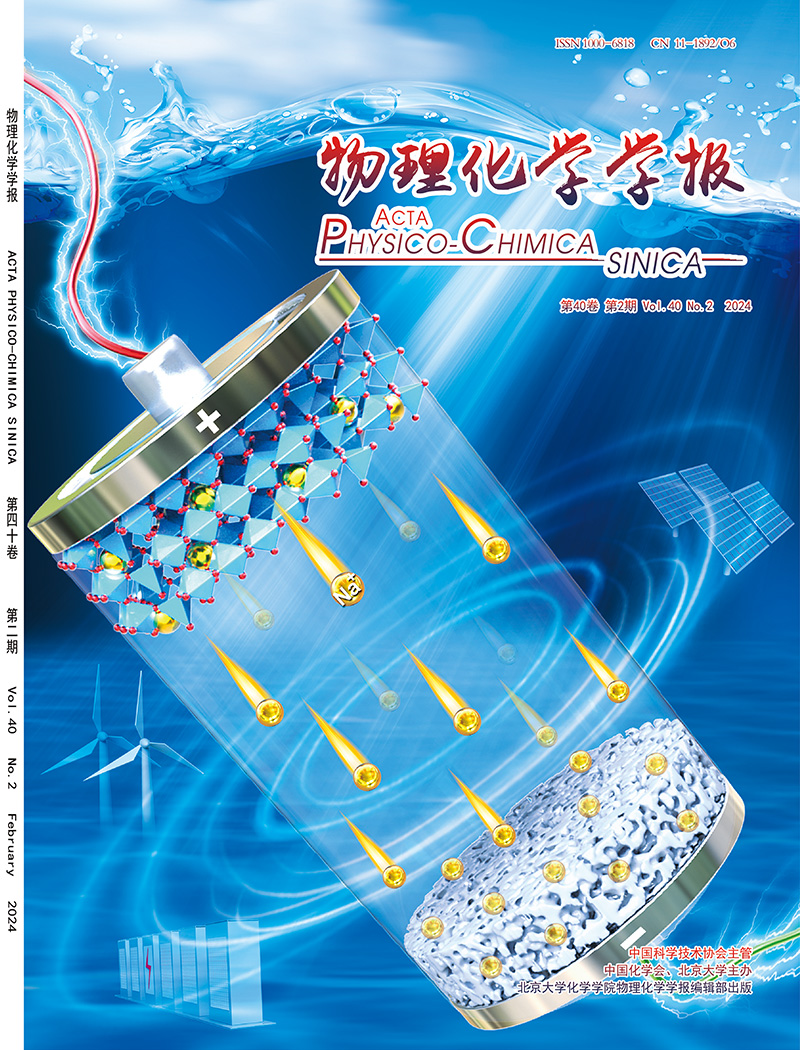Recent progress of microstructure-regulated g-C3N4 in photocatalytic NO conversion: The pivotal roles of adsorption/activation sites
IF 13.5
2区 化学
Q1 CHEMISTRY, PHYSICAL
引用次数: 0
Abstract
Photocatalytic nitric oxide (NO) conversion technology has the characteristics of high efficiency, economy, and environment friendly to remove NO using g-C3N4. Introducing new adsorption sites on the surface of g-C3N4 through microstructure control can alter the structure-activity relationship between g-C3N4 and gas molecules, thereby improving photocatalytic NO conversion activity and inhibiting NO2 generation. However, few review articles have focused on the microscopic effects of microstructural changes in g-C3N4 based materials on the adsorption and activation of NO and O2. This has important guiding significance for material design work in the field of NO conversion and strategies to fundamentally improve NO conversion activity and selectivity. Therefore, our work systematically summarizes the strategy of introducing adsorption and activation sites through microstructure control, and emphasizes the role of these sites in the photocatalytic NO conversion process. The aim is to clarify the influence of adsorption and activation sites on adsorption behavior and the correlation between these sites and reaction paths. Finally, the development trend and future prospects of increasing the level of g-C3N4 adsorption and activation in the field of photocatalytic NO conversion are introduced, which is expected to provide an important reference for the development and practical application of g-C3N4-based photocatalytic materials.

微结构调控g-C3N4在光催化NO转化中的研究进展:吸附/活化位点的关键作用
光催化氧化氮(NO)转化技术以g-C3N4为原料,具有高效、经济、环保的特点。通过微观结构控制在g-C3N4表面引入新的吸附位点,可以改变g-C3N4与气体分子的结构-活性关系,从而提高光催化NO转化活性,抑制NO2的生成。然而,很少有综述文章关注g-C3N4基材料微观结构变化对NO和O2吸附和活化的微观影响。这对NO转化领域的材料设计工作以及从根本上提高NO转化活性和选择性的策略具有重要的指导意义。因此,本研究系统总结了通过微观结构控制引入吸附和活化位点的策略,并强调了这些位点在光催化NO转化过程中的作用。目的是阐明吸附和活化位点对吸附行为的影响,以及这些位点与反应路径之间的关系。最后介绍了提高g-C3N4吸附和活化水平在光催化NO转化领域的发展趋势和未来前景,以期为g-C3N4基光催化材料的开发和实际应用提供重要参考。
本文章由计算机程序翻译,如有差异,请以英文原文为准。
求助全文
约1分钟内获得全文
求助全文

 求助内容:
求助内容: 应助结果提醒方式:
应助结果提醒方式:


